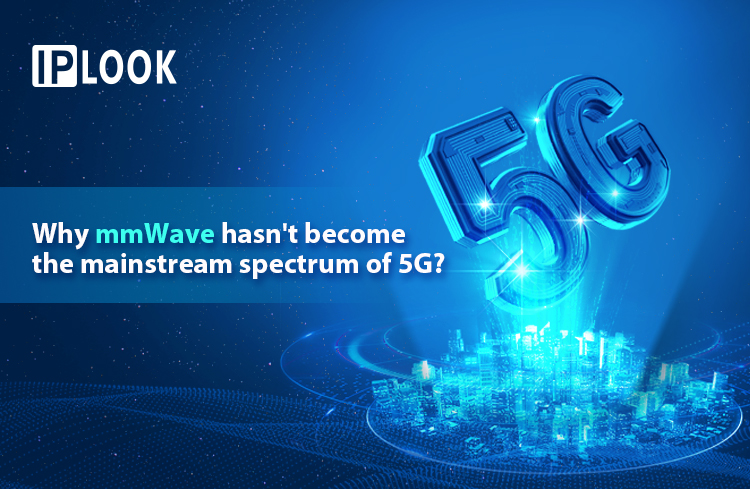
In a previous article of IPLOOK, we introduced what 5G mmWave (5G mmWave) is. Due to its wide bandwidth, abundant resources, and high frequency characteristics, 5G mmWave has significant advantages and was once considered a key frequency band for development in the early stages of 5G. However, today, although many countries and regions around the world have promoted or deployed 5G mmWave, the application of mmWave technology in the industry still faces uncertainties and challenges.
At the beginning of 2023, due to various factors, the construction progress of 5G mmWave base stations in South Korea was far behind expectations, with completion rates only ranging from 10.6% to 12.5%. In Japan, NTT DOCOMO and Rakuten Mobile experienced no growth in mmWave users, and their traffic share was relatively low. Even in the US, which began deploying 5G mmWave ahead of other countries in 2019, the availability of 5G mmWave networks is less than 1%.
Many people believe that the reason why 5G mmWave has not become the mainstream spectrum for 5G is because of its own characteristics and the unclear application demands:
The mmWave has a small coverage radius, and the construction and operation costs for the same coverage area are high, which hinders large-scale deployment. As a result of its high frequency and large transmission loss, the mmWave has poor coverage ability, with a coverage radius of only about 150 meters for a single mmWave base station, which is only 1/5 of the coverage radius of low-frequency bands such as Sub-6. If a continuous coverage 5G mmWave network is to be built like in the 3.5GHz frequency band, the number of base stations needed would be more than twenty times greater than that of regular 5G base stations, leading to high construction costs.
5G mmWave has poor penetration capability and severe diffuse attenuation, resulting in poor user experience and customer dissatisfaction. There are two main reasons for this. First, the mmWave has a short wavelength (between 1-10 mm), making it poorly penetrating, as it can be blocked by leaves and water droplets. Second, the mmWave is sensitive to the surface of objects, easily causing signal energy to dissipate in multiple directions, resulting in poor signal reception at the receiving end and affecting user experience. For example, even though over 20,000 mmWave base stations have been built in Japan, customers are reluctant to pay for mmWave services due to prominent problems such as frequent signal interruptions and insufficient coverage during usage.
Low-frequency mmWave has clear bandwidth advantages, but due to the lack of groundbreaking applications, its value is difficult to fully unleash in the short term. Globally, mid-to-low frequency spectrum resources are gradually becoming scarce, and more reliance is placed on spectrum re-farming and frequency coordination to solve this issue. In contrast, 5G mmWave, with its continuous and wide spectrum resources, can better achieve bandwidth capacity enhancement. However, by reason of the unclear promotion of large-scale applications such as XR and Smart Homes, and traditional video services can be satisfied with existing bandwidth, the short-term demand for mmWave is not significant.

